Tamron 17-70 mm f/2.8 Di III-A VC RXD
5. Chromatic and spherical aberration
Chromatic aberration
You can notice slight colouring of out-of-focus images both at the 45 mm and the 70 mm focal lengths. Still the problem is not significant and it decreases noticeably on stopping down the aperture to f/4.0. Taking into account the parameters of the tested lens, not so easy to correct, it would be difficult to have any serious reservations in this category.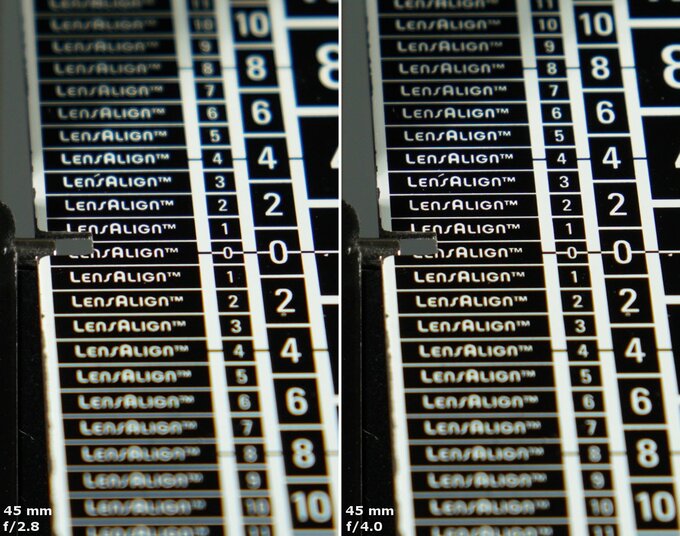 |
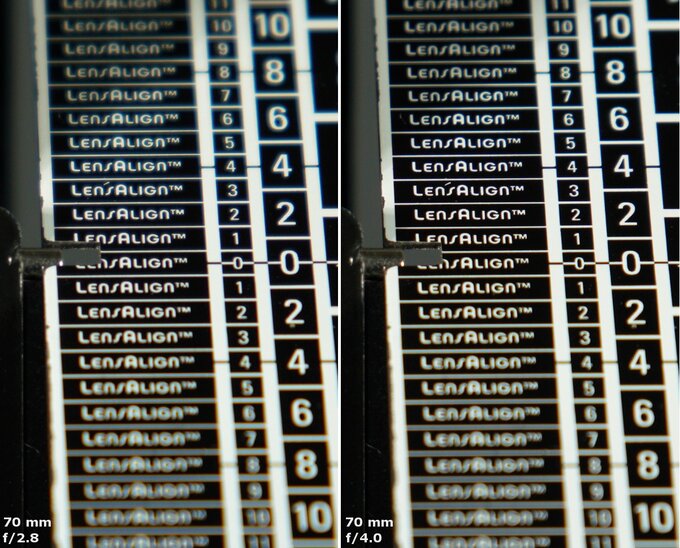 |
Please Support UsIf you enjoy our reviews and articles, and you want us to continue our work please, support our website by donating through PayPal. The funds are going to be used for paying our editorial team, renting servers, and equipping our testing studio; only that way we will be able to continue providing you interesting content for free. |
- - - - - - - - - - - - - - - - - - - - - - - - - - - - - - - - - - - - - - - - - - - - - - - -
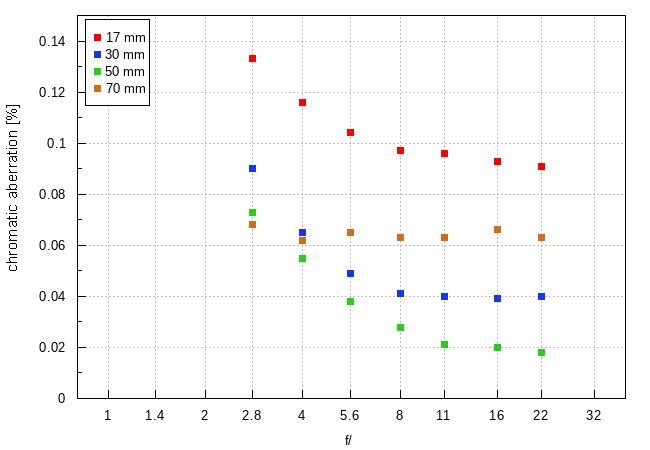
Most of problems are visible at the shortes focal length where, at the maximum relative aperture, the lens reaches over 0.13%. Such values are on the borderline of medium and high level. Fortunately stopping down the aperture allows you to reduce this aberration but even if you stop down the lens significantly you won't be able to decrease it lower than 0.09%. It seems low aberration level remains out of the Tamron's reach.
At higher focal lengths you observe medium values only at the maximum relative aperture; on stopping down chromatic aberration decreases to slightly over 0.06% in case of 70 mm and to 0.02-0.04% in case of 30 and 50 mm focal lengths. These levels are already very low.
Our photos indicate that slight problems connected to chromatic aberration might be experienced only and solely at the shortest focal length and in a close proximity of the maximum relative aperture. In all other focal length/aperture combinations lateral chromatic aberration shouldn't be bothersome almost at all.
| A7R III, RAW, 17 mm, f/2.8 | A7R III, RAW, 50 mm, f/16.0 |
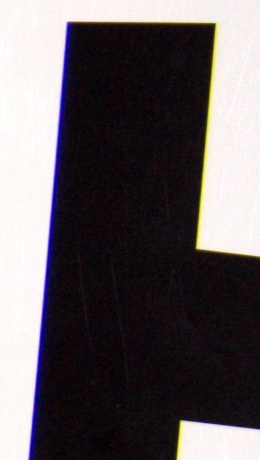
|
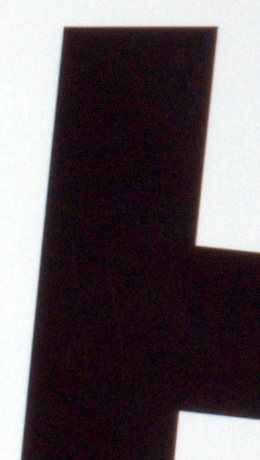
|
Spherical aberration
First shots of this chapter show a significant shift of depth of field towards greater distances on stopping down the aperture. The result is visible for two focal lengths. It suggests that spherical aberration is not corrected perfectly well. Our conclusion is supported by out-of-focus circles of light, reached before and behind the focus – not only they are ugly, with many heterogeneities, but also they differ from each other markedly.To sum up, the correction of spherical aberration is not a strong point of the Tamron 17–70 mm f/2.8 Di III-A VC RXD.
| A7R III, 50 mm, f/2.8, before | A7R III, 50 mm, f/2.8, after |
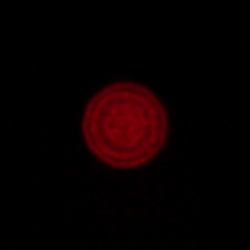
|
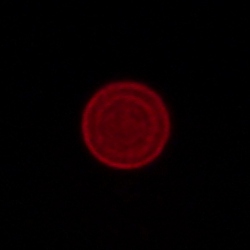
|
| A7R III, 70 mm, f/2.8, before | A7R III, 70 mm, f/2.8, after |
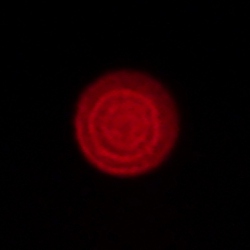
|
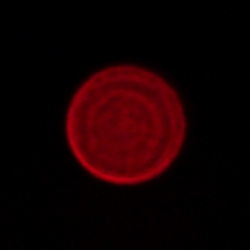
|






